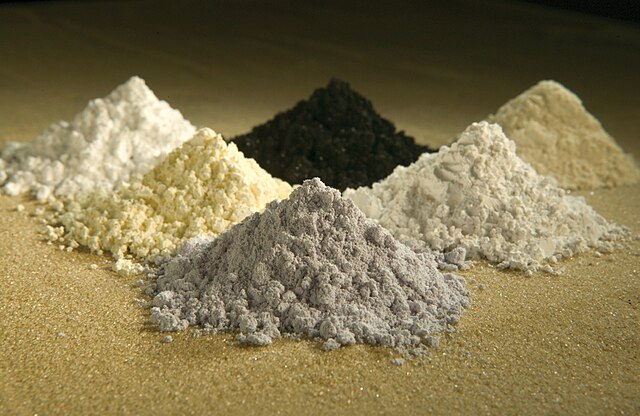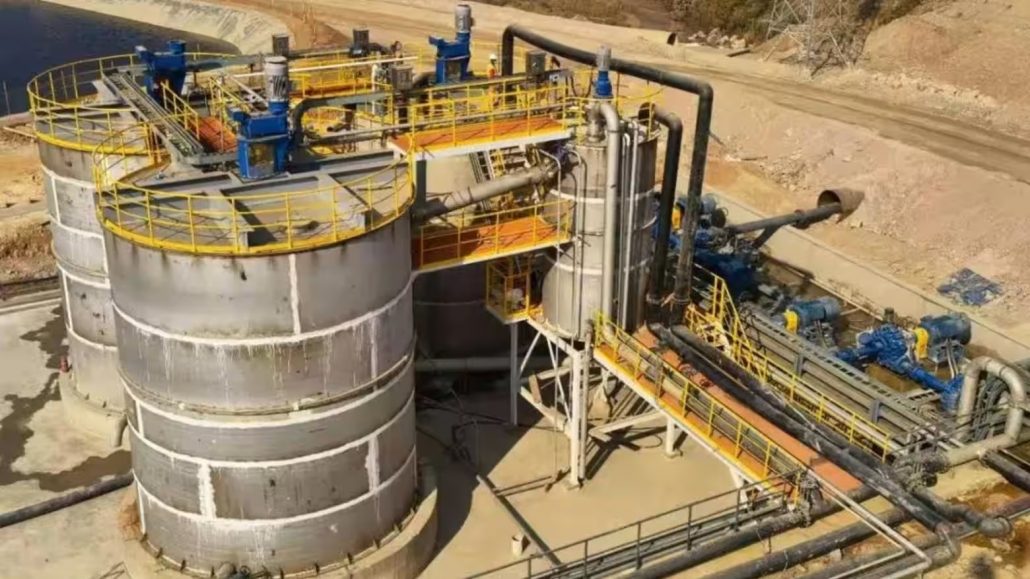
Japan’s Growing Dependence on China for Rare Earths
Despite Japan’s government efforts to diversify its rare earth supply, the country’s dependence on China has grown in the first half of this year. According to Japanese customs data, Japan imported 9,898 tonnes of rare earth metal equivalents from January to June, representing a 21% increase from the same period last year. China’s share of these imports rose significantly, accounting for 79.6% of the total, up 6.5 percentage points from the previous year.
China Dominates in Cerium Compound Imports
China’s dominance is particularly evident in cerium compound imports, where its share surged by 14.8 percentage points to 50.6%, surpassing France as the largest supplier. Additionally, China’s share of Japan’s imports of cerium oxide and yttrium oxide reached 83.5% and 98.7%, respectively, reflecting increases of 10.6 and 6.6 percentage points from the previous year.
Struggles in Diversifying Rare Earth Supply
Japan, which relies entirely on foreign sources for rare earths, is struggling to diversify its supply. These efforts are hindered by delays in rare earth projects outside China and by low prices that are affecting the development of new projects. The Japan Oil, Gas, and Metals National Corporation (Jogmec) notes that despite the global launch of numerous mining and smelting projects, progress has been slow.
Weak Demand for Permanent Magnets Contributing to Dependence
A market participant from Metalnomist suggests that weak demand for permanent magnets in Japan may have contributed to the increased reliance on China. The growth of electric vehicle production is slower, and demand in sectors like industrial robots remains weak, further impacting magnet demand.
While Japan has had some success in diversifying its supply of magnet-related rare earths like neodymium, lower domestic demand and possibly reduced imports of these materials have resulted in a higher relative share from China. Japanese customs data does not provide a detailed breakdown for “other compounds” including neodymium, but Chinese customs data shows that China’s global exports of neodymium oxide and neodymium metal fell to 158 tonnes and 69 tonnes respectively from January to May, representing declines of 15.9% and 78.9%.








Leave a Reply
You must be logged in to post a comment.